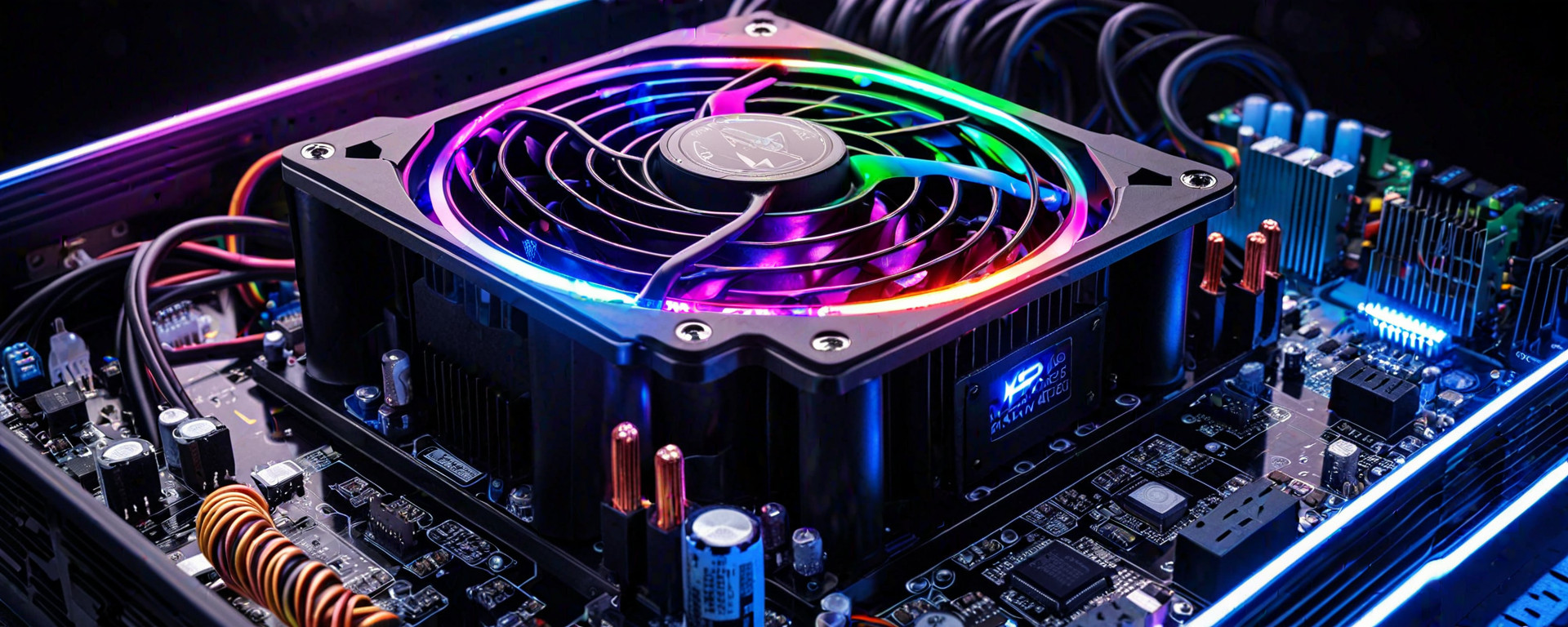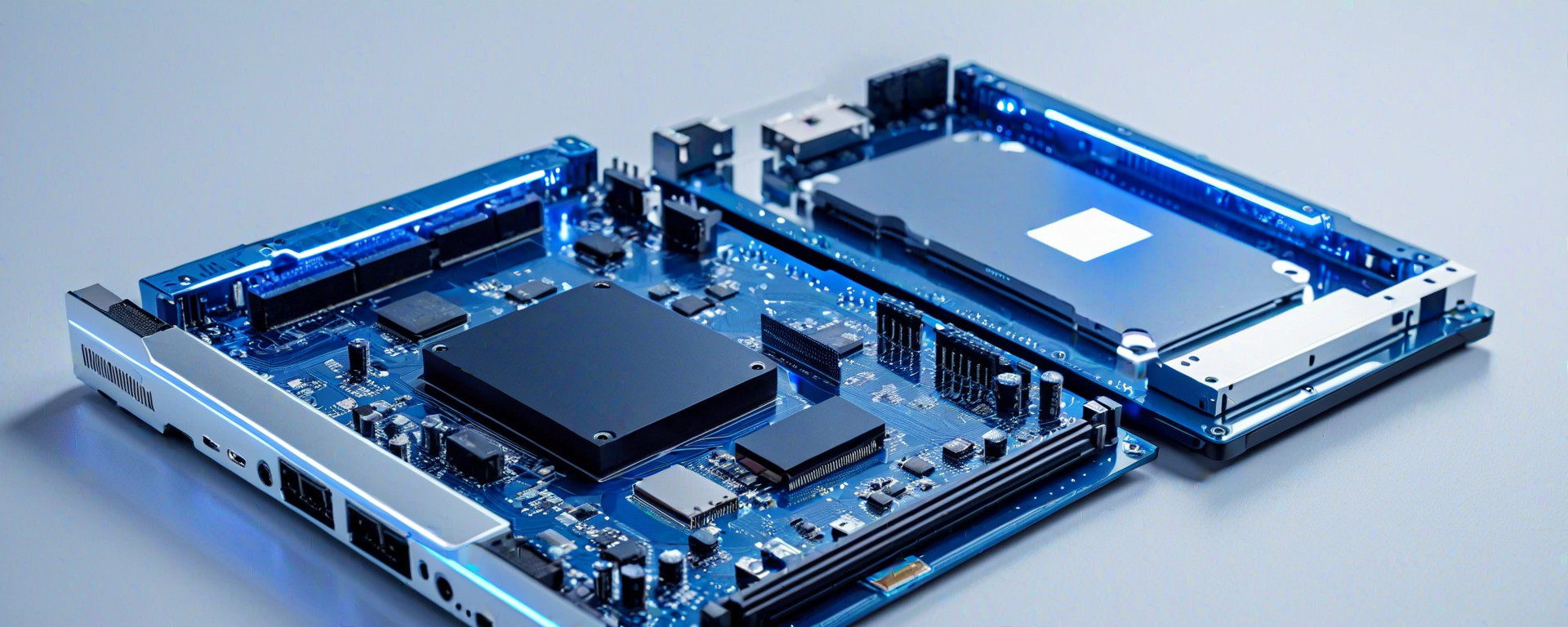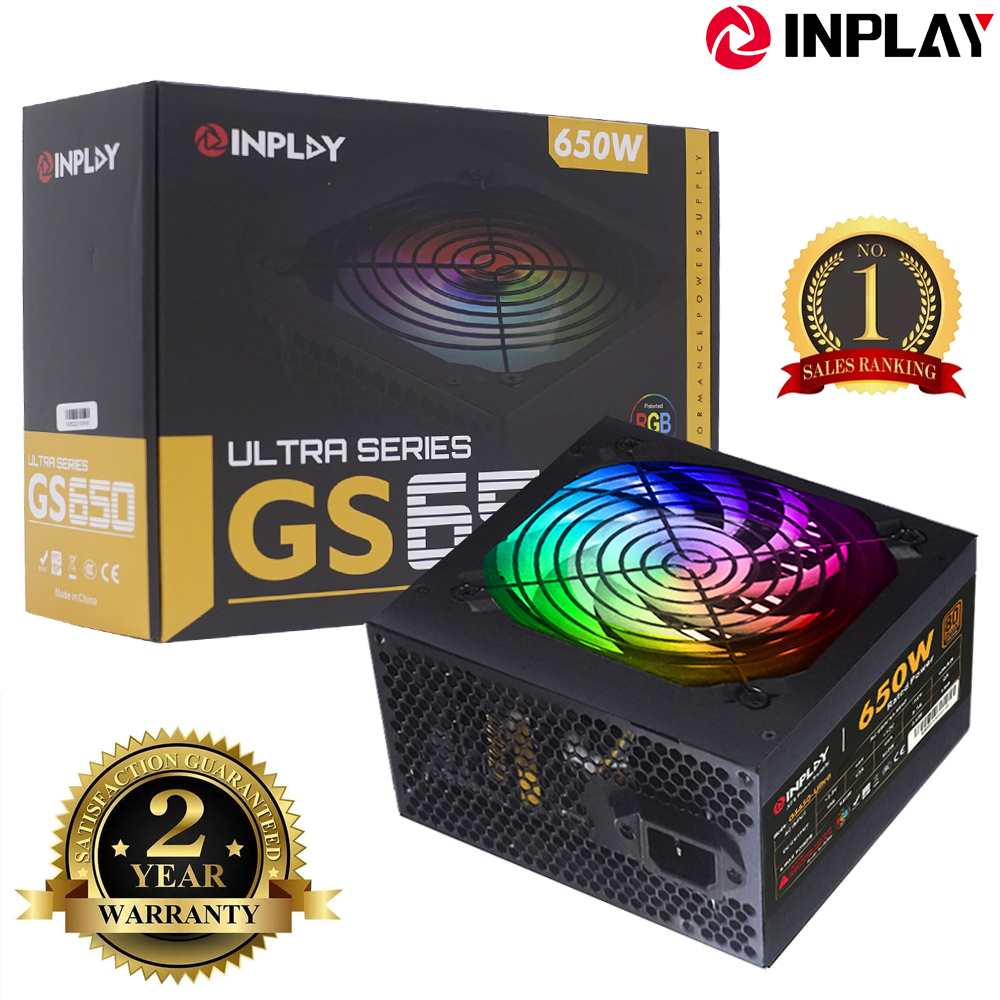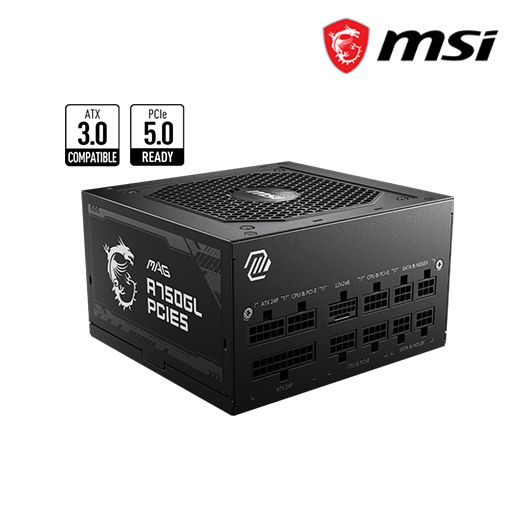Introduction
A power supply unit (PSU) is an essential component in every computer system, responsible for converting AC mains electricity into stable DC voltages required by all internal components such as CPUs, GPUs, RAM, and storage devices. The stability of these voltages directly impacts the performance and lifespan of hardware within a PC. Voltage regulation is the process that ensures consistent voltage levels under varying load conditions.
This article provides an in-depth exploration of voltage regulation in PSUs, focusing on its importance for protecting components from damage caused by unstable power supplies. We will delve into the technical aspects of voltage regulators, compare different types used in modern PSUs, and offer practical advice on selecting high-quality units with robust voltage regulation features.
Understanding Voltage Regulation
Voltage regulation is crucial because it maintains a steady output voltage regardless of changes in input voltage or load demands. Inadequate regulation can lead to under-voltage conditions where components do not receive enough power, resulting in suboptimal performance and increased risk of failure. Conversely, overvoltage scenarios can cause immediate hardware damage due to excessive current.
Types of Voltage Regulators
Modern PSUs typically employ two main types of voltage regulators: linear regulators and switching converters (also known as switch-mode power supplies). Each type has unique characteristics that affect their performance in terms of efficiency, heat generation, and stability.
- Linear Regulator: Operates by dropping excess input voltage across a resistor-like component to maintain the desired output. While simple and reliable, linear regulators are less efficient compared to switching converters, especially under high load conditions.
- Switching Converter: Utilizes a transistor to rapidly switch between conducting and non-conducting states at high frequencies, allowing for more efficient energy transfer from input to output voltages. This method is preferred in most modern PSUs due to its higher efficiency, better regulation under load, and reduced heat generation.
Comparison of Voltage Regulators Used in Modern PSUs
| Type | Efficiency (%) | Noise Level (dBA) | Heat Generation (W) |
|---|---|---|---|
| Linear Regulator | 50-70% | 45-55 | 12-30 |
| Switching Converter | 80-95% | 40-50 | 6-15 |
Selecting a PSU with Robust Voltage Regulation Features
When choosing a PSU, it's essential to consider specific features that indicate reliable voltage regulation:
- Efficacy Certification: Look for units certified by organizations like 80 Plus or Ecos, which guarantee minimum efficiency standards at various load levels.
- Modular Cables: Modular designs allow users to customize cable configurations, reducing clutter and improving airflow within the case.
- Cooling Solutions: Advanced cooling methods such as fanless operation or intelligent thermal regulation ensure quieter operation and prolonged PSU life.
Detailed Comparisons with Alternative Products
The following table provides a detailed comparison of three leading PSUs from different manufacturers, highlighting their voltage regulation capabilities:
| Model | Brand | Type | Efficiency (%) | Noise Level (dBA) | Cooling Method |
|---|---|---|---|---|---|
| CX750M | Corsair | Semi-Modular Switching Converter | 82% | 43 | Fan-Controlled, Intelligent Thermal Management |
| RX 650W | Seasonic | Full Modular Switching Converter | 90% | 42 | Fully Sealed Design with Passive Cooling at Low Loads, Active Fan Control for Heavier Loads |
| HX1200i V3 | Corsair | Semi-Modular Switching Converter | 94% | 45 | Fan-Controlled, Active Thermal Management with Zero RPM Operation at Low Loads |
Troubleshooting Common Issues Related to Voltage Regulation in PSUs
Voltage regulation issues can manifest as inconsistent performance or hardware malfunctions. Here are some common problems and their solutions:
- Fluctuating Performance: Check for loose connections, faulty capacitors, or outdated firmware updates.
- Brownouts/Blackouts: Verify that the PSU is rated to handle your system's power requirements without exceeding its maximum load capacity.
Frequently Asked Questions (FAQ)
What are the benefits of using a switching converter over a linear regulator?
A switching converter offers higher efficiency, better regulation under varying loads, and lower heat generation compared to a linear regulator. These attributes make it more suitable for modern high-performance systems.
How does an 80 Plus certification ensure reliable voltage regulation in PSUs?
The 80 Plus certification guarantees that the PSU achieves at least 80% efficiency across different load levels, ensuring consistent power delivery and minimizing wasted energy.
Conclusion
Adequate voltage regulation is critical for maintaining optimal performance and longevity of computer components. By understanding the nuances between linear regulators and switching converters, selecting PSUs based on certification standards, cooling solutions, and modular design options, users can ensure their systems receive stable power supply under all conditions.





